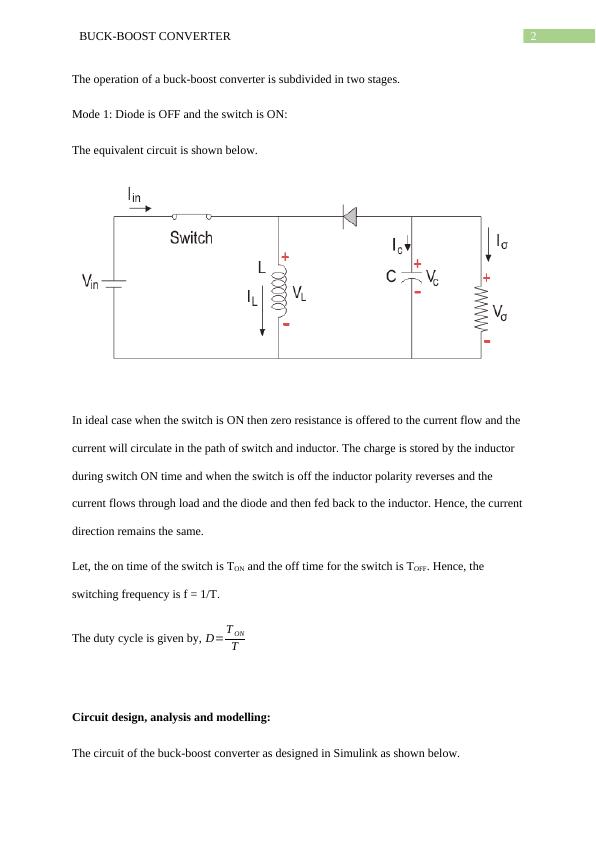Buck-Boost Converter Design and Analysis
Added on 2023-03-31
9 Pages846 Words75 Views
End of preview
Want to access all the pages? Upload your documents or become a member.
DESIGN A FLY BACK CONVERTER
|6
|753
|18
The Buck Converter
|5
|931
|58
Report on Multism Design
|28
|4086
|324
Speed Control of D.C Motor
|15
|2246
|372
Comparison of Two-Level, Three-Level, and Modular Multi-Level Converters
|12
|954
|397
Designing a High Efficiency DC-DC Power Converter
|15
|2148
|94


